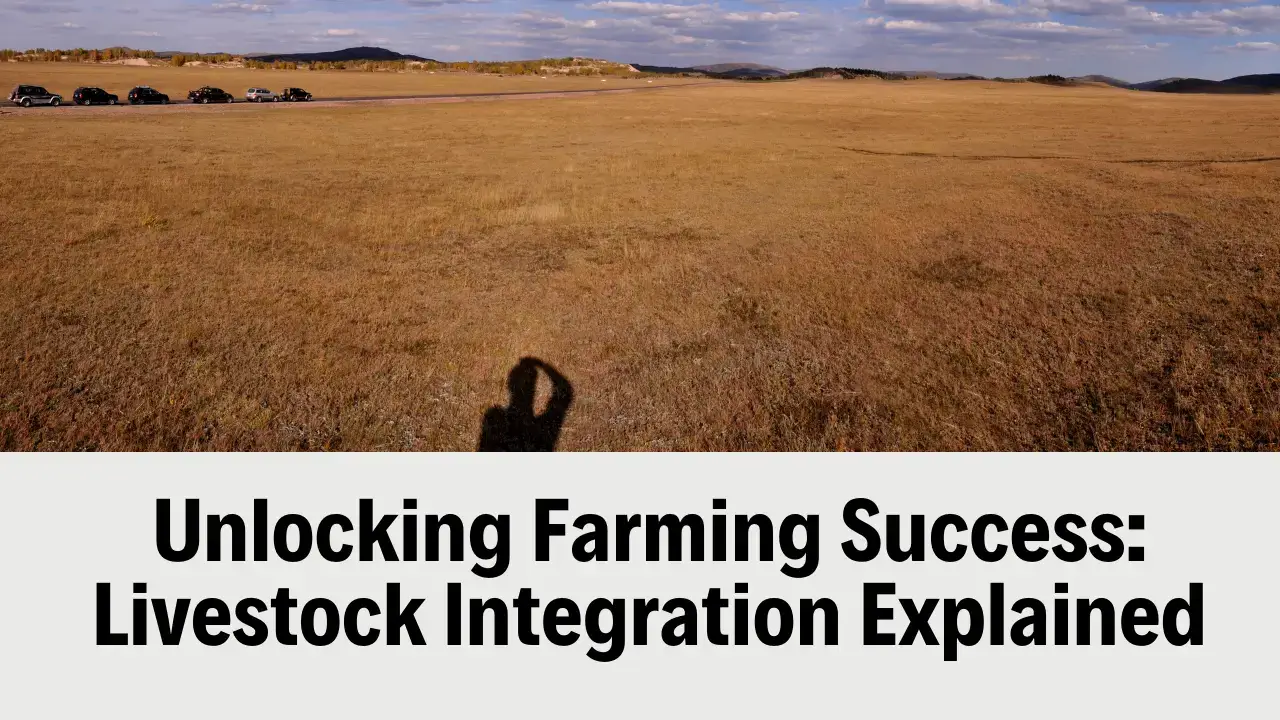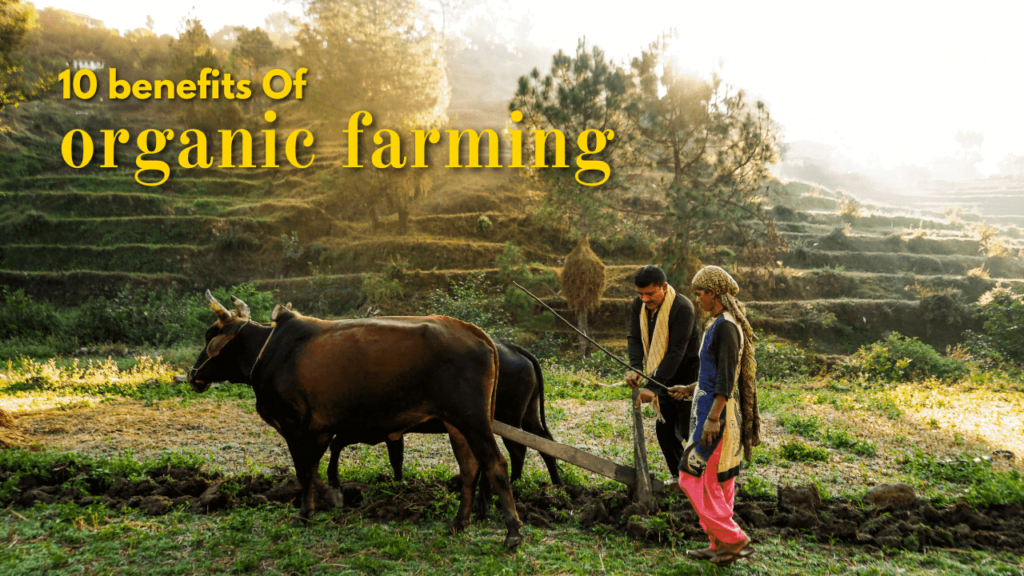Introduction
In This Article, We Are Going To Know About the Impact of Climate Change on Agriculture. As our climate undergoes unprecedented shifts, the repercussions on agriculture are profound. The importance of understanding and mitigating these effects cannot be overstated. Agriculture, a cornerstone of human survival and civilization, is intricately tied to climatic conditions.
Climate Change and Temperature Fluctuations
One of the primary consequences of the Impact of Climate Change on Agriculture is the steady rise in temperatures globally. This uptick has a direct impact on crop yields, altering traditional growing seasons and challenging the adaptability of various crops to new temperature regimes.
Rising Temperatures and Crop Resilience
Crops that were once well-suited to specific temperature ranges now face unprecedented challenges. For instance, staple crops like wheat and rice may experience reduced yields as optimal temperature conditions shift. Farmers, in turn, must adapt their practices to ensure continued productivity.
Changes in Growing Seasons
The traditional agricultural calendar is undergoing significant changes due to climate-induced temperature fluctuations. Early springs and delayed winters pose a dilemma for farmers who rely on seasonal cues for planting and harvesting. This shift requires innovative approaches to maintain agricultural productivity.
Extreme Weather Events
The impact of Climate Change on Agriculture is synonymous with an increase in the frequency and intensity of extreme weather events. From prolonged droughts to devastating floods and hurricanes, these events wreak havoc on agricultural systems.
Droughts: A Menace to Agriculture
Droughts, exacerbated by climate change, pose a severe threat to agriculture. Regions dependent on consistent rainfall face water scarcity, leading to crop failures and economic hardships for farmers. Implementing water-efficient irrigation systems becomes paramount in such scenarios.
Impact of Floods and Hurricanes
On the flip side, excessive rainfall in certain areas can result in floods, destroying crops and eroding fertile soil. Hurricanes, with their destructive winds and heavy rainfall, further compound the challenges faced by farmers. Building resilient infrastructure and implementing early warning systems are crucial aspects of climate adaptation in agriculture.
Shifts in Rainfall Patterns
Changes in precipitation patterns are another facet of climate change that directly affects agriculture. Some regions witness a surge in rainfall, leading to waterlogging and nutrient leaching, while others experience prolonged dry spells.
Altered Precipitation and Crop Growth
The delicate balance of rainfall, essential for optimal crop growth, is disrupted by climate change. Farmers must contend with irregular precipitation, requiring the adoption of drought-resistant crops and water-conserving agricultural practices.
Regions Experiencing Altered Rainfall
Geographical regions that were once reliable breadbaskets may experience decreased rainfall, turning once-fertile lands into arid landscapes. This necessitates the development of crop varieties that can thrive in arid conditions and the implementation of water management strategies.
Rising Sea Levels
The rise in global temperatures contributes to the melting of polar ice caps and glaciers, resulting in higher sea levels. This phenomenon poses a direct threat to low-lying agricultural areas, especially those located near coastlines.
Threats to Low-Lying Agricultural Areas
Farmers in low-lying regions face the dual challenge of saltwater intrusion and increased vulnerability to storm surges. As sea levels encroach on arable land, saltwater can contaminate freshwater sources, rendering them unsuitable for irrigation.
Saltwater Intrusion Affecting Crops
Crops, particularly those sensitive to salinity, suffer as saltwater infiltrates the soil. The cultivation of salt-tolerant crop varieties and the development of protective infrastructure are essential for safeguarding agriculture in these areas.
Pest and Disease Outbreaks
The impact of Climate Change on Agriculture creates favorable conditions for the proliferation of pests and the spread of diseases that affect crops. The warming climate provides a conducive environment for the emergence and rapid reproduction of harmful organisms.
Increased Prevalence of Pests
Warmer temperatures and altered precipitation patterns create an environment conducive to the rapid reproduction and spread of pests. Traditional pest management strategies may become less effective, necessitating the development of new approaches.
Impact on Crop Yields
Pest and disease outbreaks can lead to significant reductions in crop yields. This not only affects food security but also poses economic challenges for farmers who may face increased expenses for pest control measures and crop loss.
Adaptive Agricultural Practices
Adapting to the challenges posed by climate change requires innovative agricultural practices that enhance resilience and sustainability.
Techniques to Mitigate Climate Change Effects
Farmers can employ a range of techniques to mitigate the Impact of Climate Change on Agriculture. These include agroforestry, cover cropping, and crop rotation, which enhance soil health and reduce vulnerability to extreme weather events.
Sustainable Farming Methods
Transitioning to sustainable farming methods, such as organic farming and precision agriculture, can contribute to climate resilience. These approaches minimize environmental impact, conserve resources, and promote long-term agricultural sustainability.
Role of Technology in Climate-Resilient Agriculture
Technology plays a pivotal role in equipping farmers with the tools and knowledge needed to navigate the challenges of a changing climate.
Innovations to Tackle Climate Challenges
The development of climate-resilient crop varieties through genetic engineering is a promising avenue. Additionally, sensor technologies, satellite imaging, and data analytics enable farmers to make informed decisions, optimizing resource use and increasing efficiency.
Precision Farming and Its Benefits
Precision farming, facilitated by technological advancements, involves the use of data-driven insights to optimize various aspects of agriculture, including planting, irrigation, and harvesting. This not only enhances productivity but also minimizes environmental impact.
Global Initiatives and Agreements
Recognizing the global nature of climate change, various initiatives and international agreements aim to address its Impact of Climate Change on Agriculture.
Efforts to Combat the Impact of Climate Change on Agriculture
Countries worldwide are undertaking initiatives to reduce greenhouse gas emissions from agriculture and promote sustainable practices. Collaborative efforts involve knowledge-sharing, technology transfer, and financial support to enhance climate resilience in farming communities.
International Collaborations
International collaborations, such as the Paris Agreement, underscore the need for coordinated action to mitigate climate change’s effects on agriculture. By pooling resources and expertise, countries can collectively address the challenges posed by a changing climate.
Economic Impact on Farmers
The economic implications of the Impact of Climate Change on Agriculture for farmers are substantial, affecting livelihoods and food security.
Financial Challenges Due to Climate-Related Losses
Crop failures, increased expenses for pest control, and the need for infrastructure upgrades can strain farmers’ financial resources. Governments and financial institutions play a crucial role in providing support mechanisms, including insurance and low-interest loans.
Insurance and Support Systems
Insurance schemes tailored to the specific challenges faced by farmers, such as crop insurance and weather-based insurance, offer a safety net against climate-related losses. Strengthening these support systems is essential for fostering resilience in the agricultural sector.
Community and Social Implications
Beyond economic impacts, the Impact of Climate Change on Agriculture extends to communities and societies at large.
Displacement and Migration Patterns
In some cases, climate-induced challenges force communities to migrate in search of better livelihoods. This displacement can lead to social upheaval and the need for sustainable solutions to address the resulting social and cultural changes.
Social Resilience in the Face of The Impact Of Climate Challenges
Building social resilience involves fostering communities capable of adapting to changing circumstances. This resilience is crucial for navigating the complex challenges posed by climate change, ensuring the well-being of individuals and communities alike.
Government Policies and Regulations
Governments play a pivotal role in implementing policies and regulations that support climate-resilient agriculture.
Legislative Measures to Address Climate Change in Agriculture
Governments worldwide are enacting policies that promote sustainable agricultural practices, reduce emissions, and incentivize the adoption of climate-resilient technologies. These measures provide a regulatory framework for farmers to embrace climate-smart practices.
Incentives for Sustainable Practices
Financial incentives, tax breaks, and subsidies are powerful tools governments can use to encourage farmers to adopt sustainable practices. These incentives not only benefit individual farmers but also contribute to broader environmental and societal goals.
Educating and Empowering Farmers
Knowledge-sharing and education are essential components of building climate resilience in agriculture.
Knowledge-Sharing Programs
Initiatives that facilitate the exchange of knowledge and best practices among farmers contribute to collective learning. Extension services, workshops, and online platforms play a crucial role in disseminating information on climate-smart agriculture.
Training for Climate-Resilient Farming
Providing training and resources to farmers empowers them to implement climate-resilient practices. Training programs cover topics such as water management, soil conservation, and the use of technology to enhance farm productivity while mitigating climate risks.
Success Stories in Climate-Resilient Agriculture
Amid the challenges, there are inspiring success stories of farmers and communities embracing climate-resilient practices.
Highlighting Positive Outcomes
Sharing success stories showcases the potential for climate-resilient agriculture to thrive. These stories serve as inspiration for other farmers, demonstrating that with the right tools and practices, it is possible to overcome the challenges posed by the Impact of Climate Change on Agriculture.
Inspiring Examples for Others
From implementing innovative irrigation techniques to adopting sustainable farming methods, success stories highlight diverse strategies that have proven effective. These examples underscore the importance of a multifaceted approach to climate resilience.
Conclusion
In conclusion, the impact of climate change on agriculture is a complex and urgent issue that demands attention and action. As our climate continues to evolve, farmers, policymakers, and communities must collaborate to develop and implement sustainable solutions. From adaptive farming practices to global initiatives, addressing the Impact of Climate Change on Agriculture requires a comprehensive and coordinated effort.







